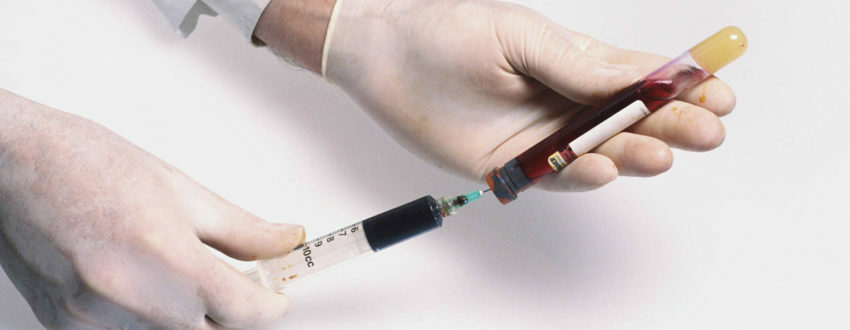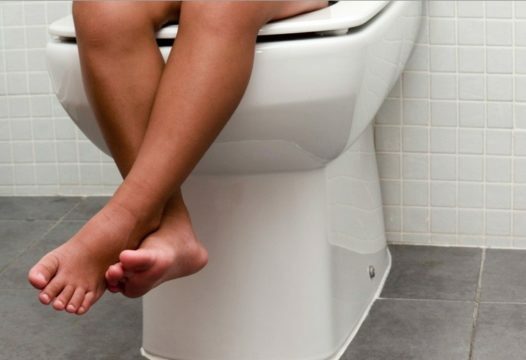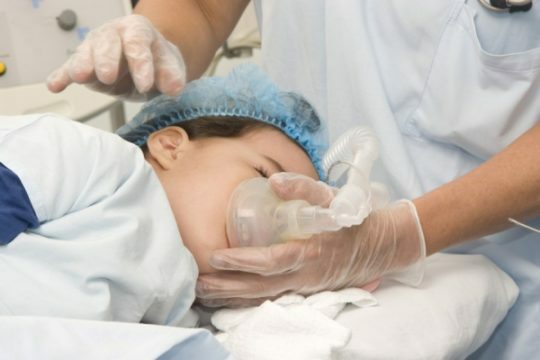The condition when blood glucose levels go down is called hypoglycemia. It can develop very quickly, sometimes in a few minutes. In this case, with signs of a hypoglycemic condition, it is required to take urgent measures. Hypoglycemia can occur: in patients with diabetes mellitus, due to the intake of certain medications, as well as in healthy people who are restricted in nutrition, or when there is not enough sugar in their food.

Causes of hypoglycemia
The onset of hypoglycemia can be caused by various causes:
- liver disease, in which carbohydrate metabolism is impaired;
- disruption of the pituitary or adrenal gland;
- excess of the dose of antidiabetics, in type 2 diabetes;
- increased insulin production by the body;
- excessive consumption of alcoholic beverages. A severe hypoglycemic condition can occur during intoxication, when the carbohydrate supply is exhausted in the liver;
- great physical activity;
- in healthy people - the use of certain medications not associated with the treatment of diabetes, for example, sulfonamides in combination with acetylsalicylates;
- diabetes of pregnant women( often occurs in women in the last weeks of pregnancy);
- low-calorie diets and various methods of starvation.
Symptoms of
What is hypoglycaemia? This serious reaction of the body, requiring the use of urgent methods of treatment, is usually divided into a hypoglycemic state and hypoglycemic coma.
Hypoglycemic state of
In the initial stage of lack of sugar in the blood( with diabetes), there are such symptoms of hypoglycemia that can be detected independently:
- sudden appearance of sweating and trembling of hands, a feeling of severe hunger, general weakness and headaches, irritability and tachycardia. If you do not take measures( you can eat something sweet, for example, 2-3 tablespoons of honey), there may be a tremor in the whole body, double vision or profuse sweating;
- mental disorders in the form of: sudden appearance of aggression and an unreasonable state of fear, loss of orientation in the environment, the appearance of hallucinations. Often, seeing such a person, people take him for a drunk or mentally ill, as a result, he does not receive timely assistance. Then there are strong convulsive contractions of the facial muscles, and also the appearance of tonic and clonic seizures, which can be confused with an epileptic fit, after which coma sets in;
- for a state when the level of glucose decreases, changes in the functioning of the heart and the vascular system are also characteristic. It is manifested by the fall of arterial pressure, the occurrence of arrhythmia and tachycardia, the development of an attack of angina pectoris;
- if the form of diabetes mellitus is compensated, then sugar and acetone in the urine do not increase. And when decompensated - in the blood there is an increased level of hormones of the adrenal cortex, ACTH and catecholamines, which affect the development of ketoacidosis, as a result, the level of acetone in the urine rises.
Hypoglycemic coma
Hypoglycemic to whom it is possible to name the most dangerous condition, at depression of a level of a glucose in blood up to critical parameters. The condition develops quickly, sometimes with a weak manifestation of any signs of its onset. The development of it can be within a few minutes, and can cause loss of consciousness and paralysis of vital brain centers.
Anticipated coma may be the initial stage of hypoglycemia, which is important to identify in a timely manner( the symptoms have been described above).If, according to these signs, it was not possible to recognize the cause of their occurrence, and first aid was not given, then convulsions arise, vomiting appears and consciousness is disconnected. This condition is called a hypoglycemic coma.
For a person in a state of hypoglycemic coma characterized by: pale skin, increased skin moisture, breathing remains flat, the turgor of the eyeballs does not differ from the usual, the muscles are in tone, the tongue is wet, the smell of acetone is absent.
In the absence of emergency care, there is surface breathing, a drop in pressure, slowing of the heart rate, lower body temperature, muscle atony arrives and lack of reflexes, pupils stop responding to light. All this can result in a fatal outcome.
Hypoglycemia in children
Insufficiency of glucose in children, requires urgent treatment, in order to avoid severe consequences( especially in diabetes mellitus).Hypoglycemia is caused in children, most often by the following factors:
- metabolic disorders;
- pathology of the nervous and endocrine systems;
- wrong power supply( unbalanced);
- increased insulin production;
- heavy physical exertion.
Also, a frequent cause of this condition is intolerance to the leucine amino acid, which increases the level of ketone bodies in the blood.

Symptoms of hypoglycemia in children are the same as those in adults, which were mentioned above. In the child's behavior there are changes: moods or laughing without reason, confused speech, hunger, muscle trembling, weakness, the appearance of dizziness.
With the slow development of the lack of glucose in the blood, the child becomes weak and sluggish, constantly asleep, the skin turns pale.
When hypoglycemia occurs during sleep, the baby begins to sweat, the skin becomes pale, nightmares can be seen. In the morning, children are concerned about headaches and weakness in the muscles.
Treatment of
An attack of hypoglycemia, with diabetes, you should always try to eliminate in the initial stage and not let it develop. How to treat hypoglycemia, when the first signs appear? This requires the following therapy:
- to eat or drink a product containing fast carbohydrates. It can be: 2-3 tbsp.spoons of honey, a glass of apple or grape juice, 2-3 tbsp.a spoonful of sugar or 4-5 slices of a refined sugar( can be dissolved in warm water), a glass of kvass;
- also, it is recommended to go to bed and eat 1 apple. Usually, after 15 minutes all symptoms of hypoglycemia disappear;
- to prevent the re-emergence of these signs, you can now use "slow carbohydrates", namely: a sandwich of black bread, a roll, cookies, candies, etc.
Treatment of hypoglycemic coma
- First of all, if a person feels that there is a complication of hypoglycemia, namely, the condition worsens, you need to seek help from the people around him so that they cause an ambulance.
- If possible, after measuring the glucometer level of sugar, you must enter into the muscle or subcutaneously 1 ml of glucagon. This injection can be done, at your request, by any person, so you should always have a glucagon solution to start treatment in time.
- When the patient is still able to swallow, he is given a sweet drink( preferably warm).If a person loses consciousness and is unable to swallow, then it must be put on its side, make glucagon, put a piece of sugar on the cheek and wait for the arrival of an ambulance.
- Upon arrival, the doctor enters 70-80 ml of a 40% solution of dextrose. If after 20 minutes, the patient does not feel better and he is still unconscious, a dropper with a 5-10% dextrose solution is connected.
- In the process of providing assistance, the patient is transported to the hospital, to provide, if necessary, resuscitation.
Prevention
If there is a tendency to hyperglycemia, in diabetes, the following recommendations should be followed:
- , food intake should be at least 6 times a day. After the evening injection of insulin( before dinner), a light snack before bedtime is required to avoid a night lack of blood sugar. It is recommended to eat bread or sour milk drinks, buckwheat or oat porridge, cheese or sausage;
- should monitor the glucose level before going to bed, if the test shows less than 5.7 mmol / l, this indicates a risk of a diabetic crisis at night. Therefore, an evening injection of insulin( prolonged action) is required to be rescheduled for 22 hours or later.
to follow the clear instructions of the attending physician, on taking medications that lower the level of sugar, including insulin.
Also, for the prevention of sugar reduction, the patient is required to have with him, the so-called "first aid kit".In its composition should be: glucose tablets, sugar pieces, cookies, some sweet drink, sandwiches. In the medicine cabinet it is desirable to add a glucagon vial and a disposable syringe. Of particular importance, to have such a first aid kit, arises if you are going on a country trip.






